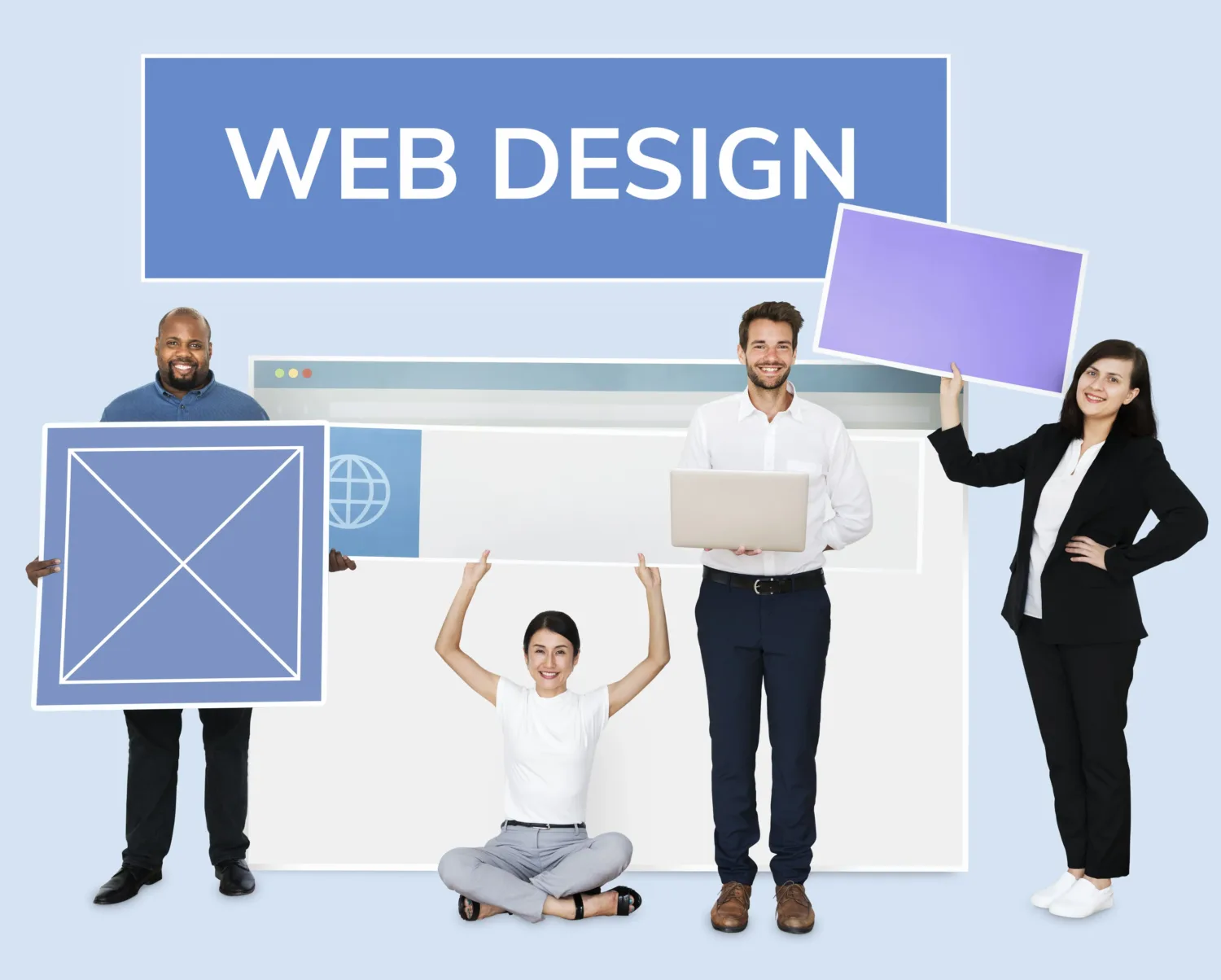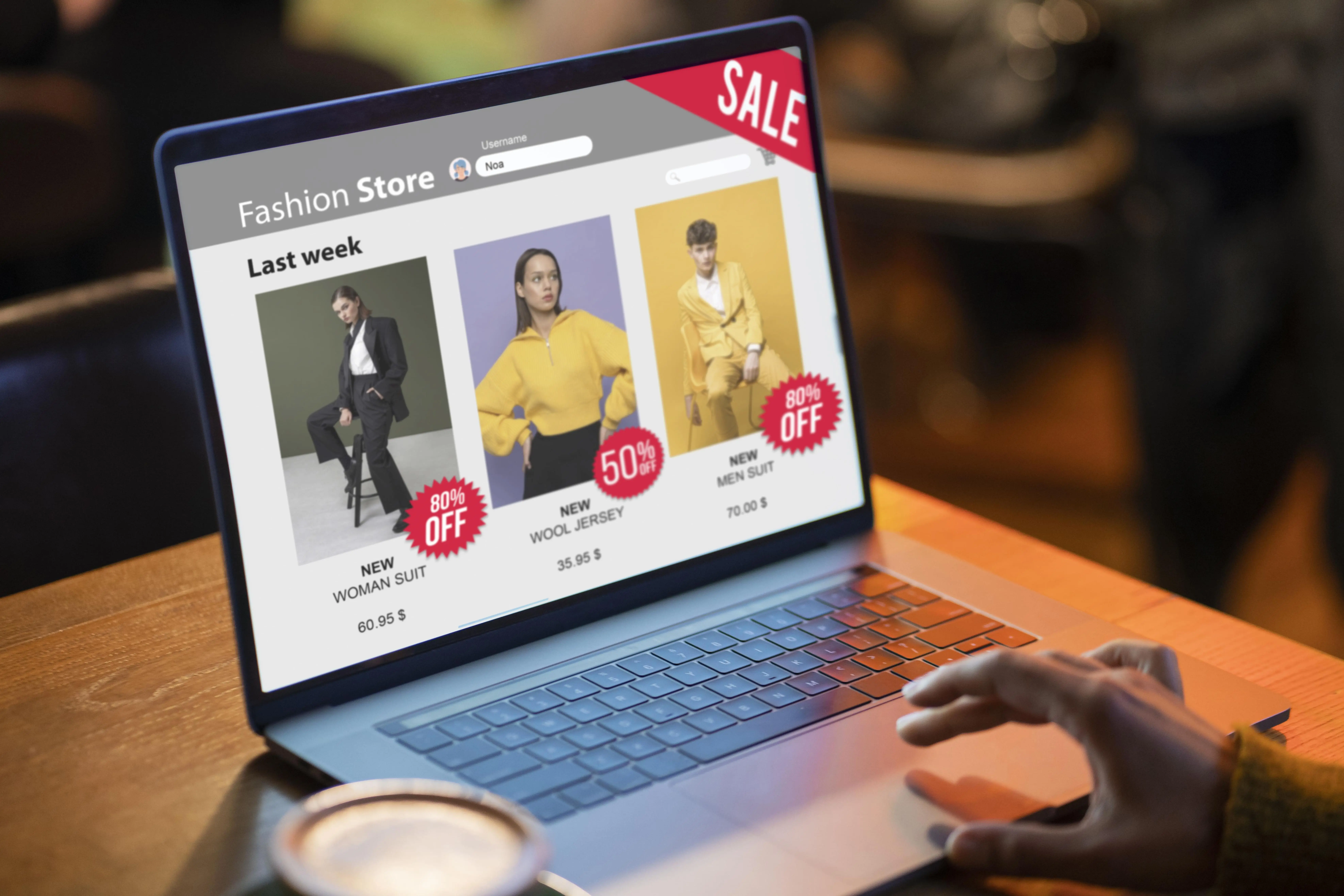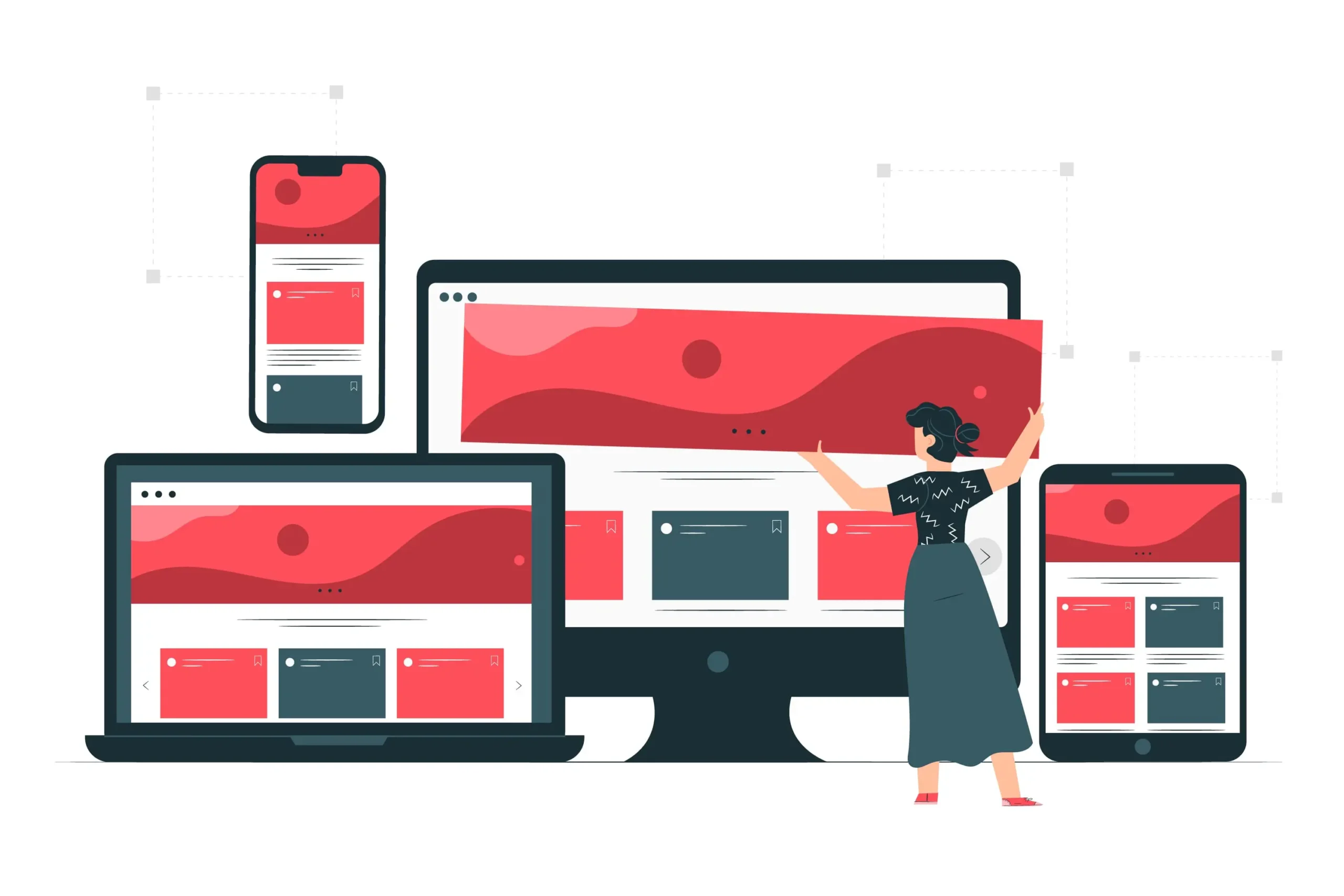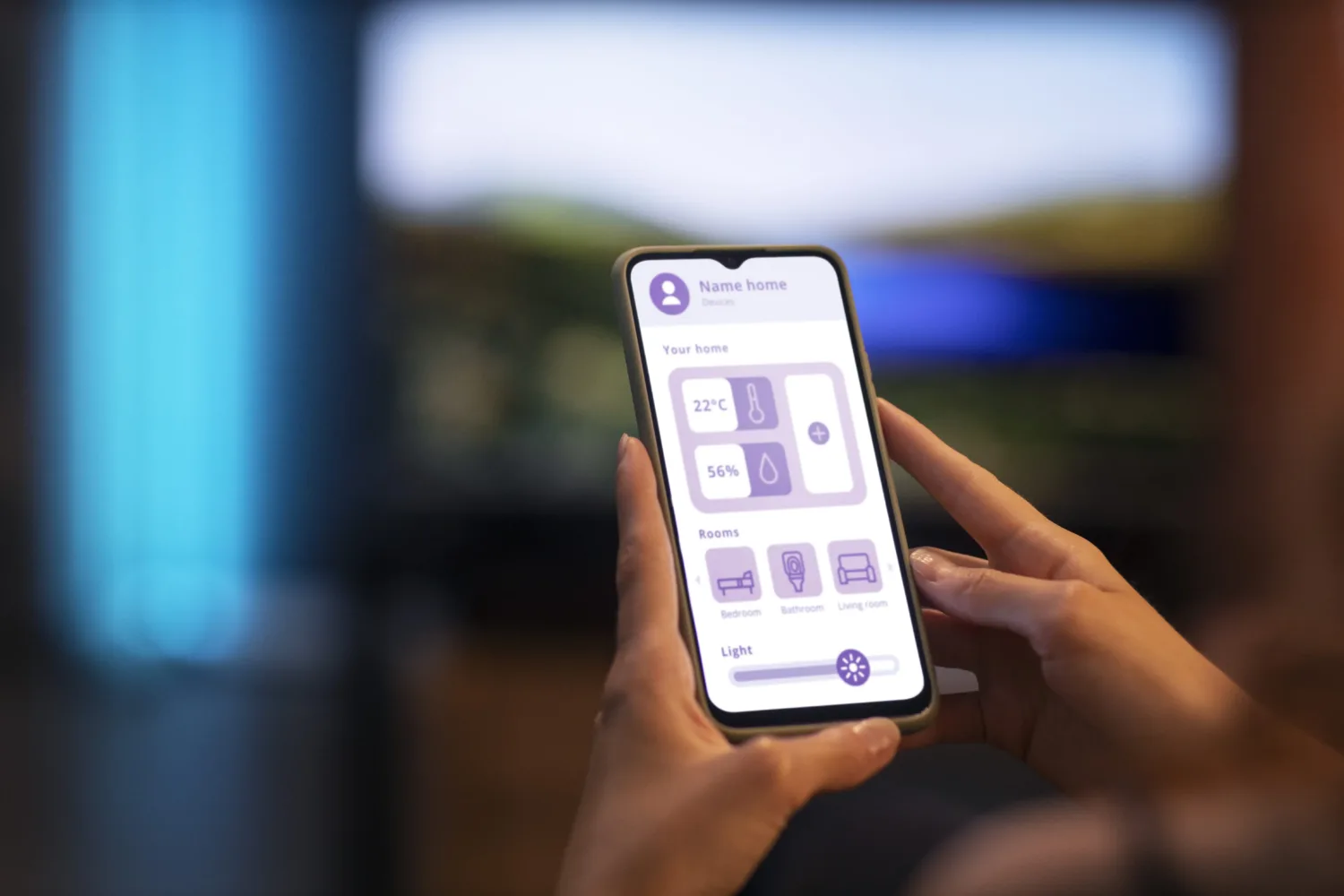
Evolution of Website Design in Dubai
Website design has dramatically evolved over the past decade, especially in a fast-growing market like Dubai. As businesses shift toward digital landscapes, the demand for cutting-edge web designs has intensified. From static pages to dynamic, responsive designs, Dubai’s web design industry is at the forefront of innovation, pushing the boundaries of aesthetics and functionality. In this blog, we’ll explore key trends that have shaped the evolution of website design in Dubai.
Rise of Responsive Design
In the early days of web design, sites were primarily designed for desktops. However, the surge in mobile device usage prompted a paradigm shift. Responsive design became a necessity, ensuring that websites adapt seamlessly to different screen sizes, whether on mobile, tablet, or desktop. The rise of responsive design not only improved user experience but also played a significant role in boosting search engine rankings, a crucial factor in SEO. Dubai’s businesses quickly embraced this trend, enabling users to enjoy a flawless browsing experience on any device.
Mobile-First Design
With mobile traffic surpassing desktop in many regions, including Dubai, web designers have adopted a mobile-first approach. This design strategy prioritizes mobile optimization, ensuring websites are fast, clean, and easy to navigate on smaller screens. The Mobile-First Design approach has been a game-changer for Dubai’s businesses, especially in industries like retail, hospitality, and real estate, where the customer journey often starts on a mobile device.
Minimalistic Design
Gone are the days of cluttered websites filled with flashy animations and excessive content. The trend toward minimalistic design is all about simplicity and clarity. Clean layouts, bold typography, and ample white space now dominate the web design scene in Dubai. This trend aligns with the modern audience’s preference for quick, digestible information while enhancing the overall user experience.
Virtual and Augmented Reality Integration
Dubai’s web design industry is also witnessing the integration of virtual and augmented reality (VR and AR). Forward-thinking companies are leveraging these immersive technologies to create engaging and interactive user experiences. Whether it’s a real estate company offering virtual tours of properties or retail businesses allowing customers to virtually try products, VR and AR are pushing the boundaries of web design, making online experiences more dynamic.
Improved User Experience (UX)
User Experience (UX) has become a core aspect of modern website design. Dubai’s tech-savvy audience expects more than just a visually appealing website; they demand functionality, ease of use, and intuitive navigation. By focusing on UX design, companies are ensuring that their websites offer smooth and enjoyable interactions, keeping users engaged longer and improving conversion rates. This focus on improved user experience has become a key differentiator for businesses in Dubai’s competitive market.
Arabic Localization
With a significant portion of the population in Dubai being Arabic-speaking, Arabic localization is becoming an integral part of web design. Websites tailored to the local culture and language resonate better with the audience, increasing engagement and trust. Businesses in Dubai are now prioritizing localized content, ensuring that their websites cater to the specific needs of the region’s diverse audience.
AI and Chatbots
The integration of AI and chatbots in website design has significantly enhanced customer service capabilities. Dubai’s businesses are increasingly using these tools to offer real-time support, answer customer queries, and provide personalized recommendations. AI-driven chatbots improve user engagement by offering instant, round-the-clock assistance, contributing to a seamless customer experience.
Fast Loading Times
In a fast-paced market like Dubai, users expect websites to load quickly. Fast loading times have become a critical element of web design, especially with mobile users in mind. A slow website not only frustrates users but also negatively impacts SEO rankings. Businesses in Dubai are investing in web design strategies that optimize speed, such as compressing images, reducing scripts, and utilizing Content Delivery Networks (CDNs).
Data Protection and Security
With growing concerns about privacy and cybersecurity, data protection has emerged as a crucial factor in website design. Dubai’s businesses are prioritizing the implementation of SSL certificates, secure payment gateways, and GDPR compliance to ensure user data is protected. This focus on security not only builds customer trust but also helps businesses meet international standards and regulations.
Conclusion
As technology advances, so does the landscape of website development and web design in Dubai. From the adoption of responsive design and minimalistic layouts to innovations like VR and AI integration, web design is continuously evolving to meet the needs of modern users. By embracing trends such as mobile-first design, fast loading times, and Arabic localization, businesses in Dubai are ensuring that their online presence remains competitive in this rapidly changing market.
At SentieroTech, we stay ahead of these trends, helping businesses in Dubai create websites that are not only visually appealing but also optimized for performance, security, and user engagement. Let’s build the future of web design together!




